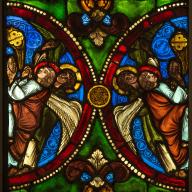The aim of this case study is to present a collection of diverse objects, all of which fall within the category of what is referred to in various contexts as an epigraph or inscription.
- The Ms. Français 2810 is a parchment codex created during XV century and stored at the Bibliothèque nationale de France. The codex, with 297 folios, contains several distinct texts, a common trait of medieval manuscripts that often collect different works; the first one is “The Travels of Marco Polo”. In the cover page ‘A’ (pictured) the secretary Jean Flamel informs us that the book was a gift of John the Fearless to John of Berry.
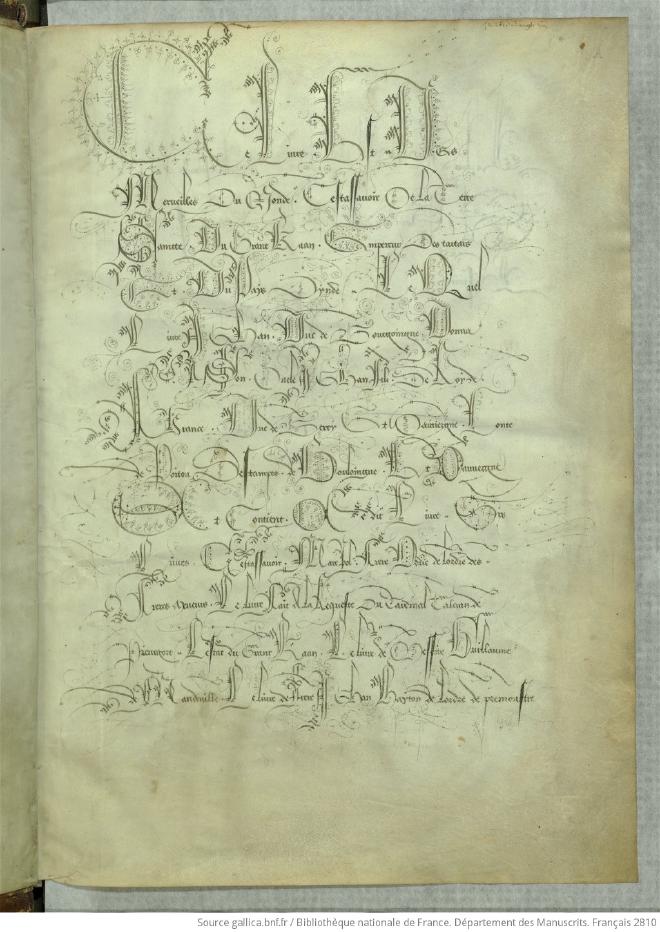
- A daylight view of the Akihabara neighborhood in Tokyo. Billboards display figurative and textual contents and are located in a public space.

- The Caillou de Michaux is a Kassite kudurru discovered near Baghdad by the French botanist André Michaux. It is regarded as the first epigraphic cuneiform document to reach Europe. While traditionally believed to mark land boundaries, kudurrus became widespread in Babylonia during the Kassite Period (16th–15th centuries BCE) and were likely placed in temples. These inscribed stones held legal significance, as they recorded ownership charters. This particular kudurru documents the donation of agricultural land by Niraḫ-nāṣir to his daughter, Dūr-šarru-kīna’itū.
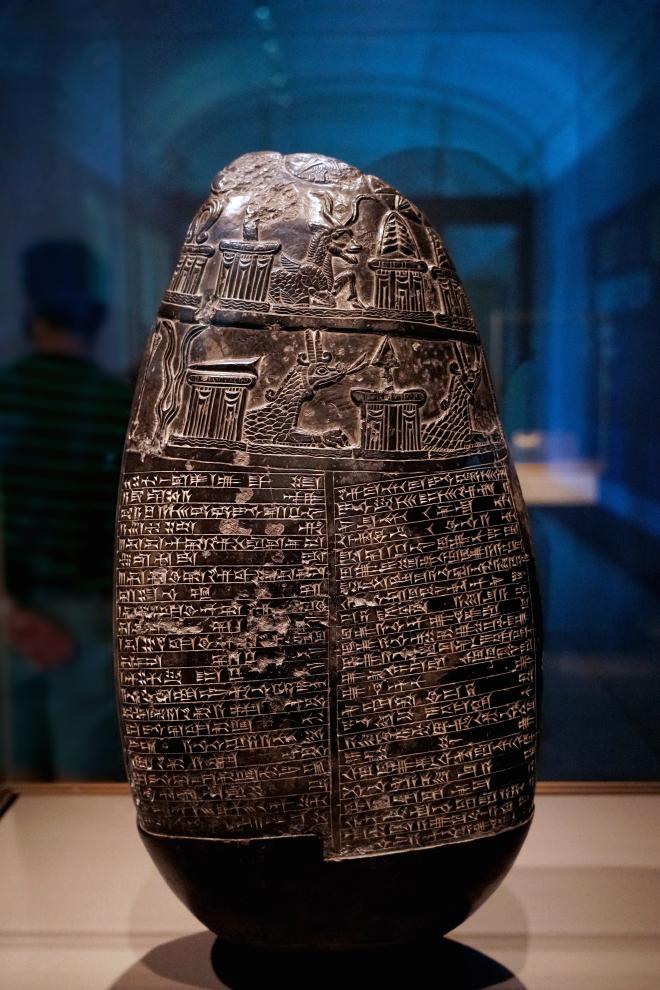
- A Roman base of a statue, repurposed as a door jamb in a building in Otranto, Italy. The inscription is a dedicatory text honoring Emperor Marcus Aurelius, dated to 162 CE.

- An incantation bowl housed at the Penn Museum, dating between the 5th and 8th centuries CE, offers another example. These bowls feature an incantation written in ink, spiraling within the inner part of the bowl, intended to protect the owner from evil forces. Occasionally, a demon is depicted at the center. They were typically buried beneath house floors upside down to trap the demons beneath.
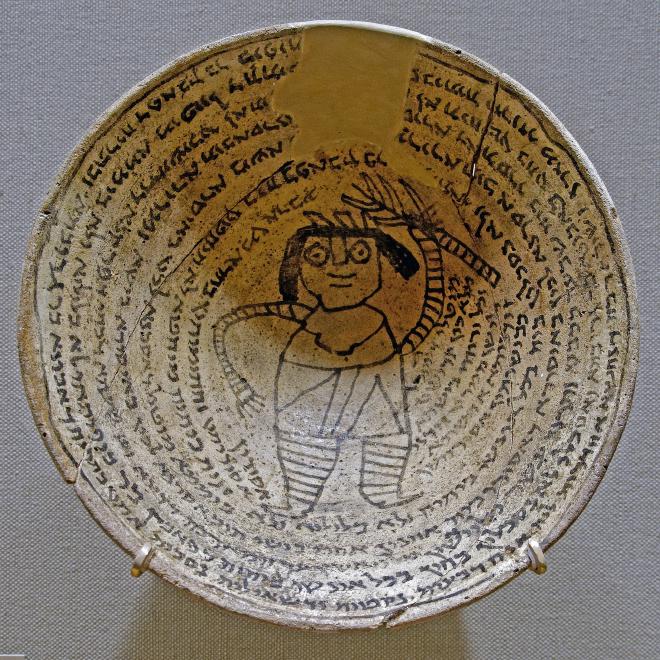
- An Etruscan golden ring from a tomb near Bolsena (Roma, Italy) bears twice the inscription śuthina (“for the tomb”), identifying this object as part of a tomb offering.

- Camp Rock is an area within the City of Rocks National Reserve, Idaho, USA, where emigrants travelling along the California Trail used as a resting place. Rocks all around keep the names of some of these travellers who wrote them between 1843 and 1882.
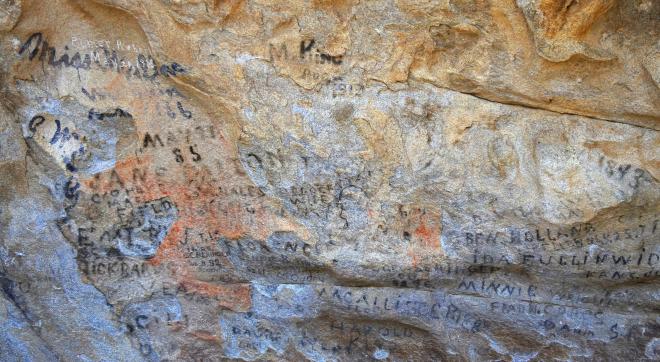
Cite as:
Scarpa, E., & Valente, R. (2025). Case Study #2: What is an Epigraph?. Zenodo. https://doi.org/10.5281/zenodo.15167879

